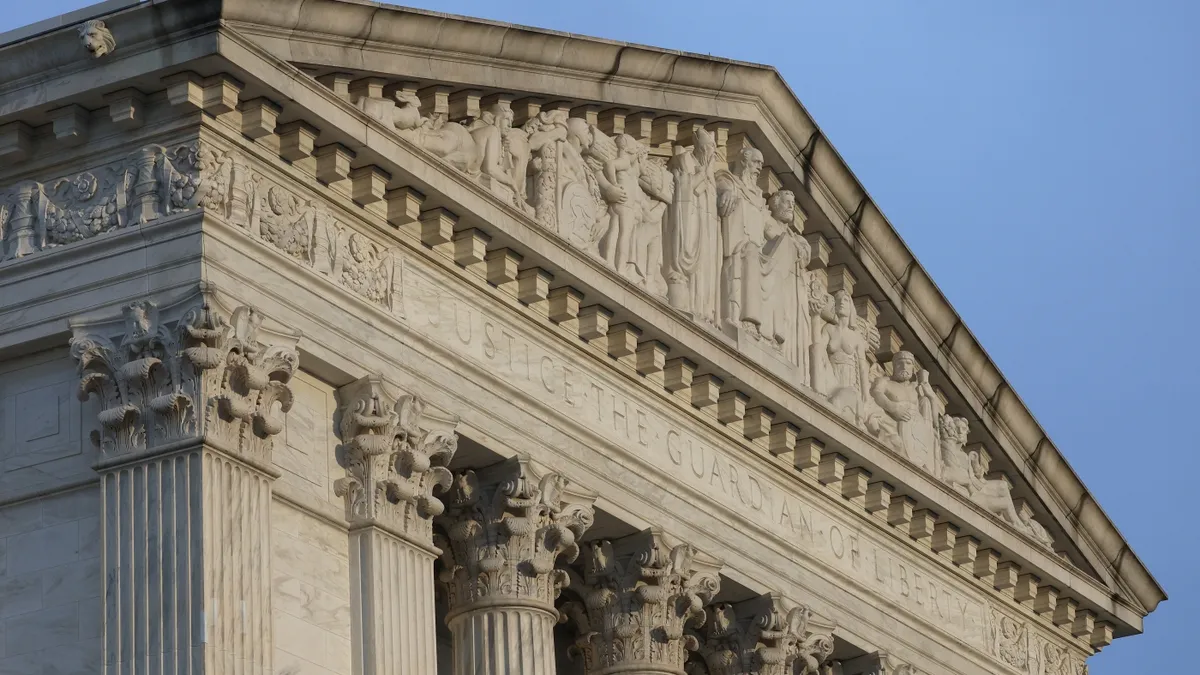
The U.S. Supreme Court ruled on Tuesday that the Trump administration can continue with the termination of 16,000 probationary federal employees, at least for the time being. In an unsigned opinion, the court refrained from addressing the legality of the firings themselves. Instead, it stated that the nonprofits who initiated the lawsuit lacked the legal standing to challenge the terminations of federal employees. The decision was made with a 7 to 2 vote, with Justices Sonia Sotomayor and Ketanji Brown Jackson dissenting, as they believed the firings should be paused while the case is resolved in lower courts.
This ruling from the Supreme Court only applies to the nonprofits involved in Tuesday's lawsuit, and it does not resolve the case as a whole. However, it poses significant challenges for groups seeking to contest mass firings conducted by the government. In this regard, the court's decision represents a notable victory for the Trump administration and its agenda aimed at significantly downsizing federal agencies and consolidating executive power in the White House.
The firings stem from an executive order issued by President Trump on February 11, which directed the Office of Personnel Management (OPM) to instruct federal agencies to terminate all but essential probationary employees. These employees are typically newer hires or tenured workers in new roles. Following this directive, various agencies began mass terminations, ultimately affecting tens of thousands of employees.
In response to these mass layoffs, several federal workers' unions and nonprofit organizations filed lawsuits against the OPM and various agencies, including the Departments of Veterans Affairs, Agriculture, Defense, Energy, Interior, and Treasury. The plaintiffs argued that the OPM lacked the authority to mandate such firings, claiming that the federal government failed to adhere to proper procedures when terminating probationary employees. This included insufficient notice to both the dismissed employees and the relevant state and local governments.
District Court Judge William Haskell Alsup, appointed by former President Bill Clinton, initially ruled that while the unions had no legal standing to bring the case, the nonprofits did possess standing due to their reliance on government services and the negative impact of reduced governmental capacity. After a brief hearing last month, Judge Alsup reinstated federal employees at six departments, emphasizing that the OPM could not direct agencies to carry out mass firings, as such decisions were the sole responsibility of the departments themselves.
The government countered Judge Alsup's ruling by asserting that the OPM did not direct agencies to terminate employees and maintained that the firings were lawful. The administration took this argument to the court of appeals, which declined to intervene immediately. Consequently, the Trump administration escalated the case to the Supreme Court, requesting intervention. In its briefs, the government argued that the dispute regarding the terminations was primarily an employment issue between the federal government and its employees, insisting that the nonprofits lacked the standing to represent the employees in this matter.
The Supreme Court’s recent stay allows the Trump administration to execute the firings while the litigation continues in federal court. However, this ruling does not imply that the terminations themselves were lawful. The High Court deliberately avoided addressing this crucial question, leaving open the possibility for other parties with stronger standing arguments to bring similar cases in the future. Currently, a related challenge is unfolding in Maryland, where 19 states and the District of Columbia have filed lawsuits to reinstate employees across more than 20 different agencies, and they have achieved partial success thus far.